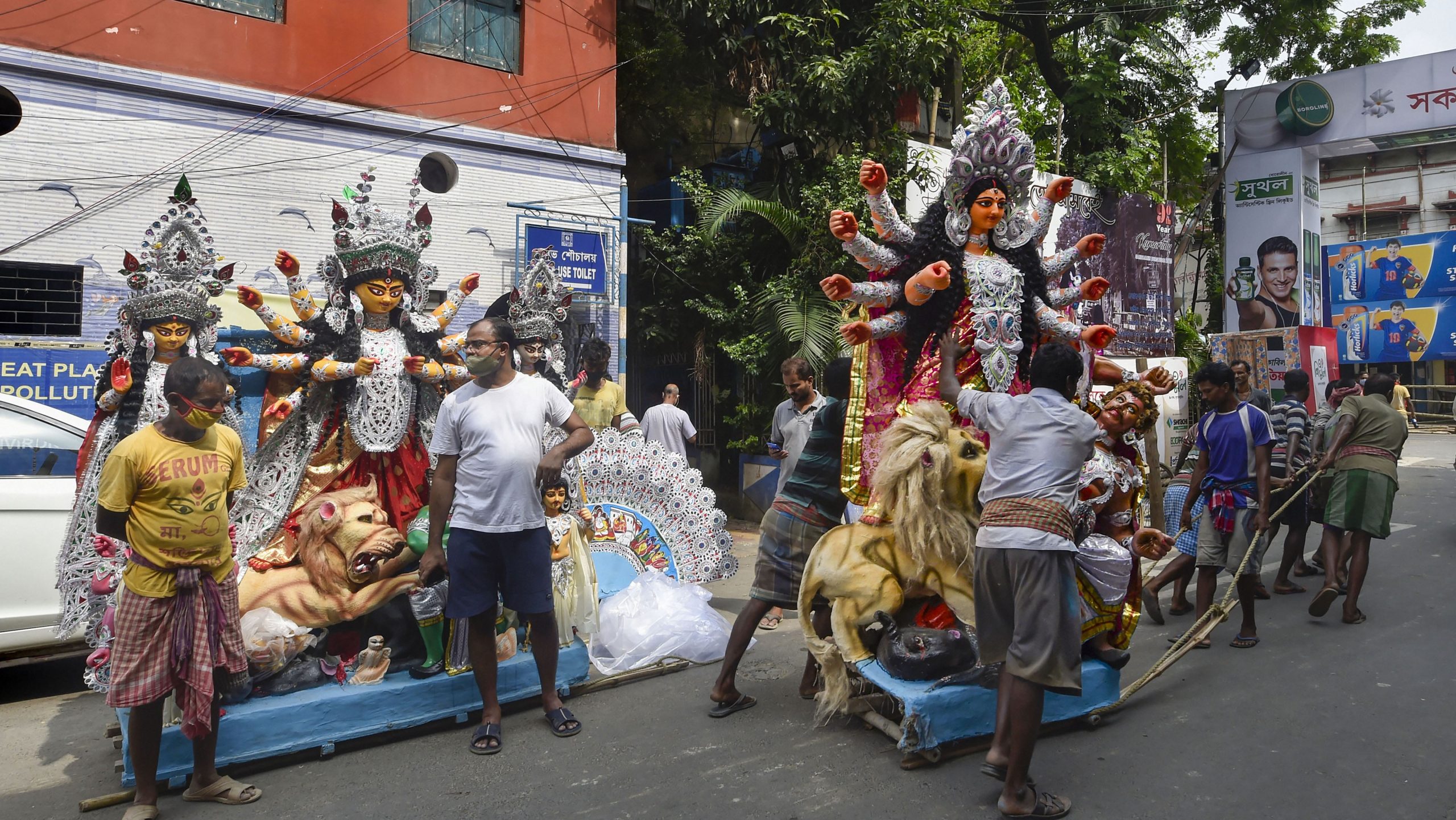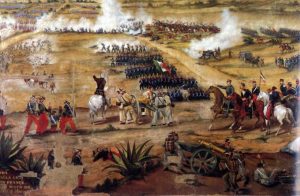The coronavirus pandemic and rains will play spoilsport in West Bengal this Durga Puja. The festival, where devotees revere to Goddess Durga, is celebrated in West Bengal, Assam, Tripura, Odisha, parts of Bihar, and other states of the country. The nine-day festival that celebrates the victory of good over evil, will conclude on October 26 with Vijayadashami.
As the Mahalaya started on September 17 this year, Durga Puja, which generally starts six days later, due to the lunar month having two full moons, is starting more than a month late.
Why do we celebrate Durga Puja?
As mentioned earlier, the festival marks the triumph of good over evil, Durga Puja is celebrated to mark the victory of Goddess Durga in her battle against a shape-shifting demon, ‘Mahishasura’.
The demon had the boon by Lord Brahma of never being defeated by a man in any battle. Mahishasura had then attacked all three worlds, Trilok, including Earth, Heaven and Hell and was undefeated. To defeat the demon, Lord Brahma, Vishnu and Shiva combined their powers to create Goddess Durga, who then defeated Mahishasura in a 15-day long battle.
Goddess Durga, with her ‘Trishul‘ had defeated Mahishasura, who kept changing his form during the battle when he became a buffalo.
The shape-shifting demon was killed by the goddess on the day of Mahalaya.
Devotees offer prayers to nine different forms of Goddess Durga during the nine-day festival. Other Hindu gods, like Ganesha and Karthikeya, are also worshipped during Durga Puja. The puja is also celebrated as Goddess Durga being the motherly power behind all life and creation.
During the nine days, different avatars of Goddess Durga are celebrated. These are:
Day 1: Goddess Shailputri
Day 2: Goddess Brahmacharini
Day 3: Goddess Chandraghanta
Day 4: Goddess Kushmanda
Day 5: Goddess Skandamata
Day 6: Goddess Katyayani
Day 7: Goddess Kaalratri
Day 8: Goddess Mahagauri
Day 9: Goddess Siddhidatri







